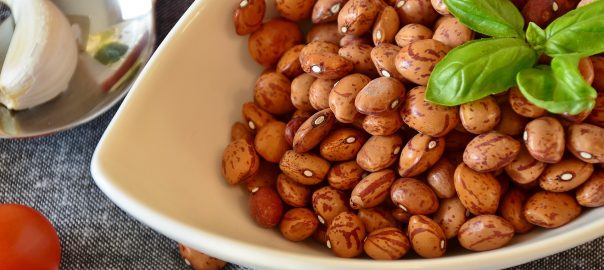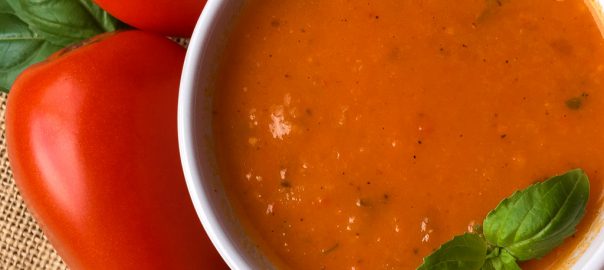Why hydrate in cold weather?
We're used to thinking about hydration when it's hot outside. After all, when we're active and sweating we're losing moisture. But you may not think about the importance of winter hydration. It turns out staying hydrated in the winter is equally as important. During these colder, usually dryer, months, you are drying out both through your skin and by breathing.
When cold, dry winter air hits your lungs, they have to warm it up and humidify it. This takes moisture from your body. And if you're spending lots of time outside, especially if you're a winter sports enthusiast, you'll need even more hydration because the more effort you expend, the more humidity your body releases.
If you're sweating you may not realize how much moisture you're losing. That's because when it's dry out sweat evaporates much more quickly. And because you're already cold you may not notice the increased cooling that comes from sweat drying.
Signs of dehydration
Dehydration can suppress your immune system and also leads to a number of other health challenges. Be on the lookout for these signs that you may need to drink up:
- Constipation
- Dry mouth
- Dry skin
- Fatigue
- Headaches
- Low blood pressure
- Muscle weakness or cramping
The hydration factor
Before we get to the tips to support healthy hydration in the winter it's important that you know what your hydration factor is. This formula is a general guideline. If you're spending lots of time outdoors, or expending extra effort, or even if you're at a higher elevation (say for skiing), you'll need to consider increasing how much hydration you're getting.
To figure out how much hydration you need, calculate your body weight. Divide that in half for the number of ounces needed to be properly hydrated. Divide that number by 8 to get the number of cups of fluid.
For example:
150 pounds
divided by 2 = 75
divided by 8 = 9.4 cups
Take that number, divide it by four and then set a “hydration alarm” approximately every two hours. When the alarm goes off put your beverage in front of you with the goal to drink it before the alarm goes off again.
Remember that this does not mean plain water. Too much water is not healthy either as it can dilute your electrolyte balance. Adding hydrating foods or other beverages is a good option to support your body and help avoid dehydration.
How to hydrate in the winter
Winter tends to be the time of year when we turn to warm liquids such as herbal tea and soup. This is not only a comforting idea, but it's also better for us. This is because room temperature or warmer liquids actually help to stabilize your core temperature.
Here's a list of a few of my favorite soups for winter. They're not only warming and delicious, but they're also nourishing:
- Roasted vegetable soup with tomato and fennel
- Meatball soup
- Instant Pot split pea soup
- Mockstroni soup
- Bone broth
The types of liquid you consume during the winter is also important. Avoiding excess consumption of caffeine (found not only in coffee and tea, but also in that wintertime favorite, hot chocolate) and alcohol is helpful. Both have diuretic qualities and can contribute to dehydration.
Not just soup
In addition to including herbal teas and soups, it's a good idea to add fruits and veggies to your diet that have more moisture in them. These include:
- apples
- pears
- citrus fruits
- winter squash
Top tips to avoid dehydration
In addition to making sure you're getting plenty of fluids, there are a few things you can to to help avoid dehydration:
- Bring a water bottle with you everywhere you go (this tip is year-round, not just for summertime)
- Layer appropriately - Have layers that you can add and remove as needed. Overdressing so that you are hot and sweaty actually contributes to hydration loss)
- Use a humidifier in your home to help keep the air comfortably moist (your dry skin and static-y clothes will thank you)
Like what you read? Get more information about hydration in the ebook!



